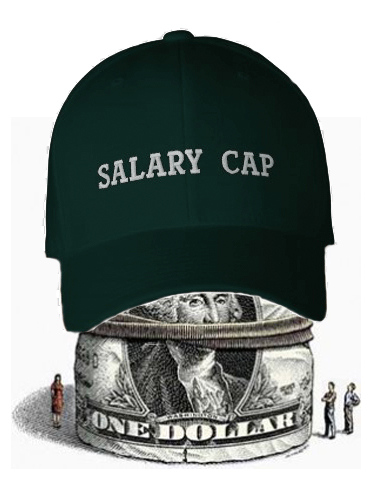Mobile Apps, Change You Can Believe In!
The world is changing quickly. Many times we find ourselves looking up from whatever we were doing and wondering, “Where did that come from? Why are people doing it that way? How does everyone seem to know about this except me?” In the world of the internet, we all stay connected at all times and all locations, so when changes occur, they are downloaded and spread in real time. Some of us simply choose to see it on our own time frame.
Look around when you walk into a restaurant, when you’re waiting in line, when you’re sitting around the  airport or subway station. You’ll notice that everyone is staring at a phone. This scene is so profound that we might be mistaken for a scene from “The Walking Dead” if our faces weren’t fully intact.
airport or subway station. You’ll notice that everyone is staring at a phone. This scene is so profound that we might be mistaken for a scene from “The Walking Dead” if our faces weren’t fully intact.
The point is that change is here, and more change is coming. Are you on board, or has the train left the station? At Efficience, we are doing educational sessions to provide awareness of these changes and how you can benefit from change.
IDC and Appcelerator conducted a survey of app developers. INC discussed this in an article and noted, “Developers are highlighting a cautionary note that all businesses should pay attention to: Mobile has the power to reshape entire industries and these changes will be swift.” They continue, “It is not enough to port elements of your existing business model over to mobile. Staying competitive in the era of mobility requires fundamentally re-envisioning traditional business models through a mobile-first lens.”
Using a mobile app opens up stratospheric opportunities for business when you consider the strategy behind this connection. At Efficience, we are doing this by building strategies for companies that will help them use features such as push notifications to make customers aware of discounted services or prices in real time to drive more people to you. This is particularly helpful to do when you are having slow traffic and want to increase revenue for the fix cost you are already incurring.
What if you are a restaurant and you want to get new customers? If you get your current customers to download your app, you can send out a notification saying, “Bring in a couple of your best friends that haven’t eaten here before and get a free meal!” The possibilities are endless and will evolve as location based technology grows. By connecting and sharing knowledge, push notification specials, announcements of special events, and updated photos, you make your good customers even better and drive them and their friends to do more business with you.
Does your current advertising and marketing connect you to customers and drive the opportunities for more revenue as well as mobile apps?





